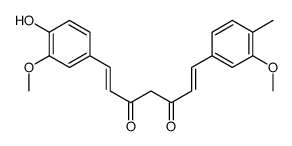CI 75300 Suppliers
Total count: 1
- China(Mainland)
- Contact: Yang
- Phone: 17521765436
- Email: sales@echemcloud.com
- Website: http://www.echemcloud.com
- Product Name: CI 75300
- Updated Date: 2024-07-15 12:37:55
- Purity: 95.0%
- More information
Inquiry
Related product suppliers
Check more product suppliers
